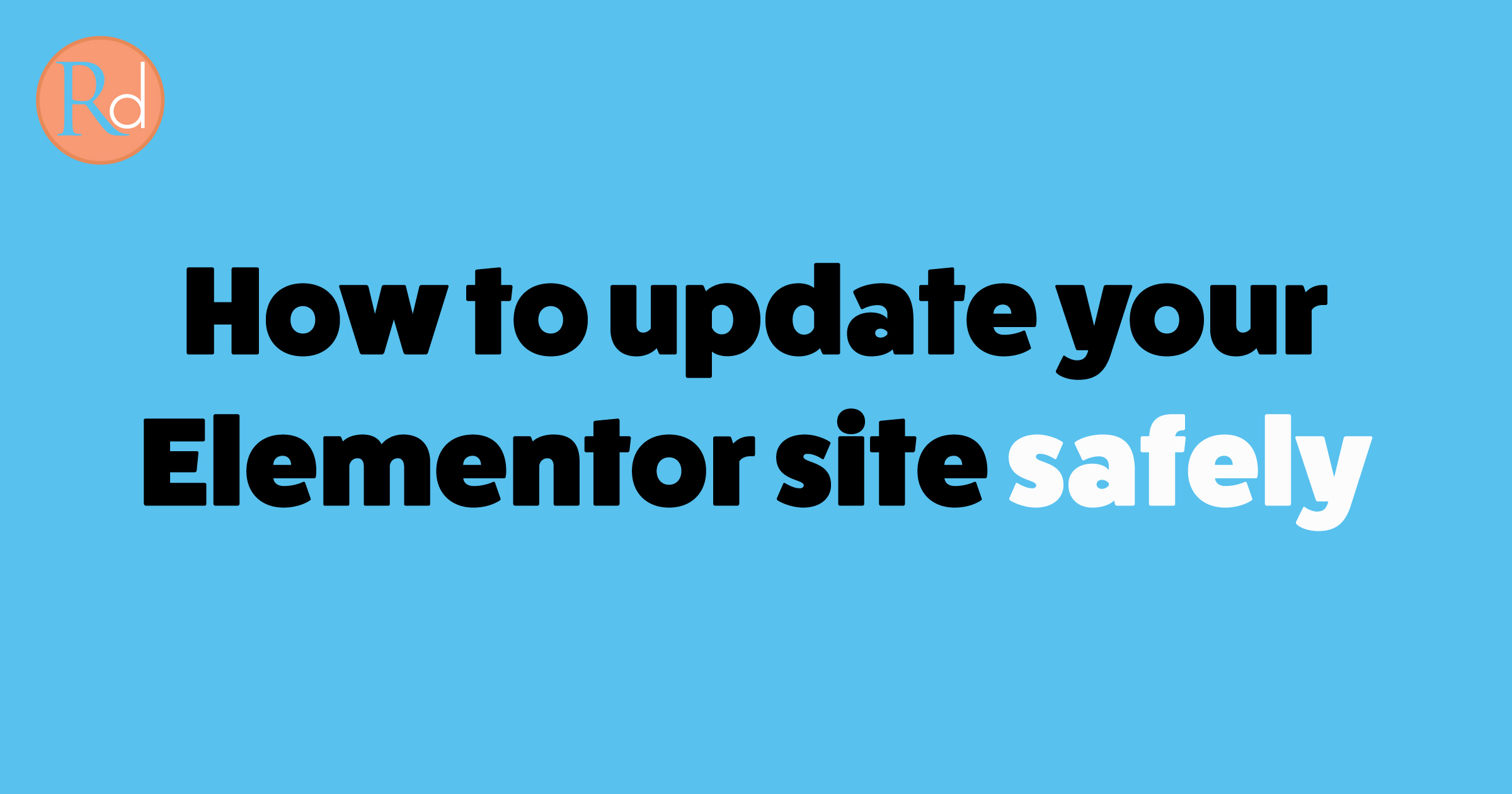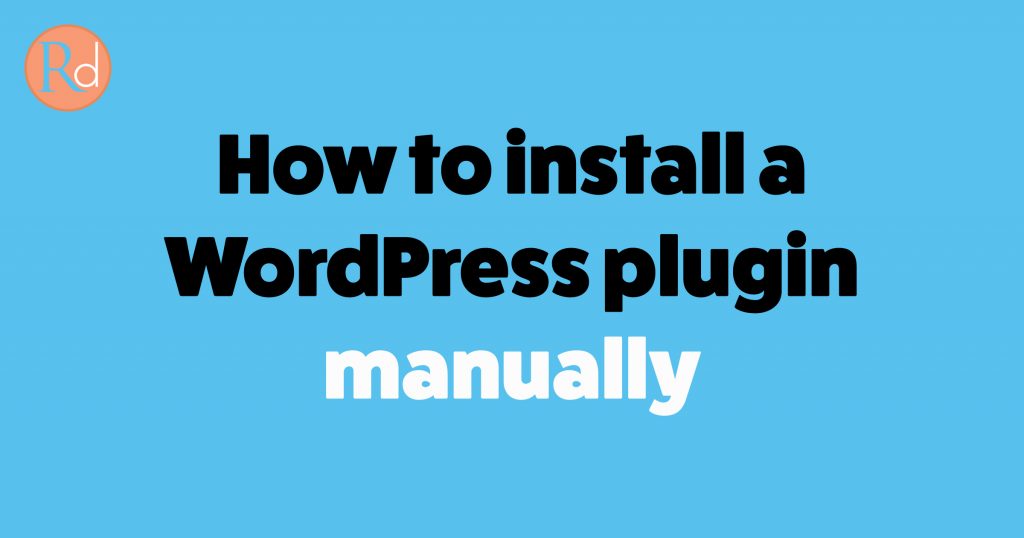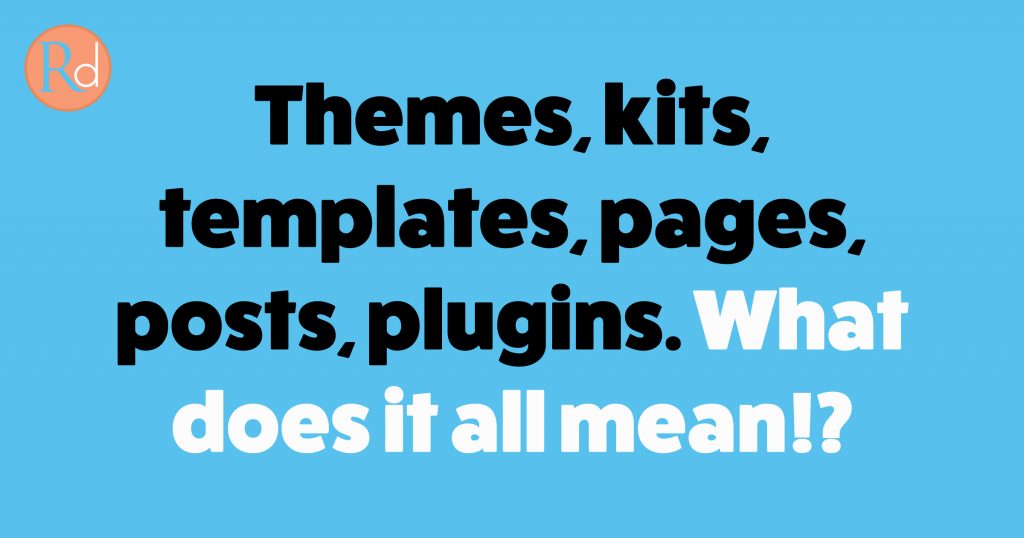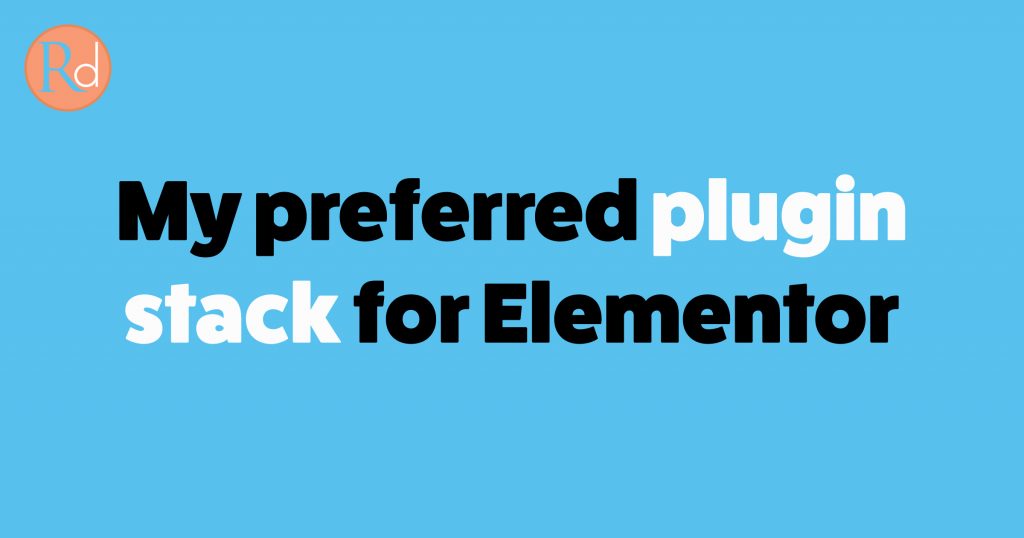I see a lot of comments from people lamenting a broken website after updating Elementor. As with any plugin update, occasionally things do go wrong, but nine times of ten it’s caused by something easily mitigated against.
Here I’ll outline how I update my Elementor sites to ensure a smooth process every time.
Tech stack
One of the biggest issues is caused by incompatible plugins. You should always make sure whatever plugins you choose to use on your site come from reputable sources. It can be tempting to install plugins for every specific little function you’d like but this can result in a sprawling plugin stack filled with random plugins that just aren’t up to scratch.
When choosing your tech stack, follow these simple steps:
- Ask yourself if you really need this plugin or if you could use an existing one to create the function you’re looking for?
- How many downloads does the plugin have? If it’s a small amount it may not be a great plugin.
- When was the last time it was updated and is it compatible with your version of WordPress? A plugin that hasn’t been updated in a while may not be very secure.
- Give it a Google. Does the plugin have its own website? This is a good indication of a reputable company.
- Read some reviews. Check out the reviews on the plugin’s page on WordPress and see what folks are saying about it.
Check out my preferred tech stack here.
Turn off auto-update
The only times I’ve ever had issues with Elementor is when a client has auto-update turned on. So switch it off! You can do this easily from the plugin page.
Staging site
This is essentially a copy of your site that you can test things on. I always set up a test site for clients as a subdomain of my own website and I also use Local by Flywheel to set up a non-web version.
Your hosting provider may provide you with the option to set up a staging site, or you can achieve this with this plugin.
The benefit of having a staging or test site is that you can update your site there first and if things go wrong you can troubleshoot without affecting your live site.
I do all the following stages on both my test site first before reproducing on the live site.
Back it up
So you’ve checked your tech stack and got a staging site. The next thing before updating anything is to take a back-up of your site. Your host may take regular back-ups but it’s always best to make your own just before you update. That way you can easily roll-back any changes should things go wrong.
I use a plugin called Updraft to take my back-ups. It’s super easy to use and you can roll-back with one click of a button. It links to cloud storage such as Dropbox and Google Drive, or you can manually download the back-up files.
Update one at a time
Once you’ve got your back-up sorted it’s time to start updating. Do it slowly, one plugin at a time and check the site by loading a new page after each plugin. That way if a plugin causes the site to break you know which one is the cause.
I use a particular order to update my plugins which seems to work.
- WordPress core
- Elementor Pro
- Any other Elementor add-on (PowerPack, Plus Add-ons)
- Elementor
- Any other front end plugins such as galleries, blog plugins, booking calendars
- Back-end plugins such as SEO, caching, optimizing
- Themes
Doing it slowly and methodically should mean you face no issues and if you do you can quickly isolate the issue.
Resolving conflict
If a plugin causes a conflict, roll-back your backed-up version, start again with the updates and just ignore the one that didn’t work. Make a note of the version number and check back at another time to see if they’ve bought out a new version, then you can try that instead. Chances are the developers will have addressed the issue. If not, you might need to consider a different plugin.
And that should be it! A pain free and easy update every time.







